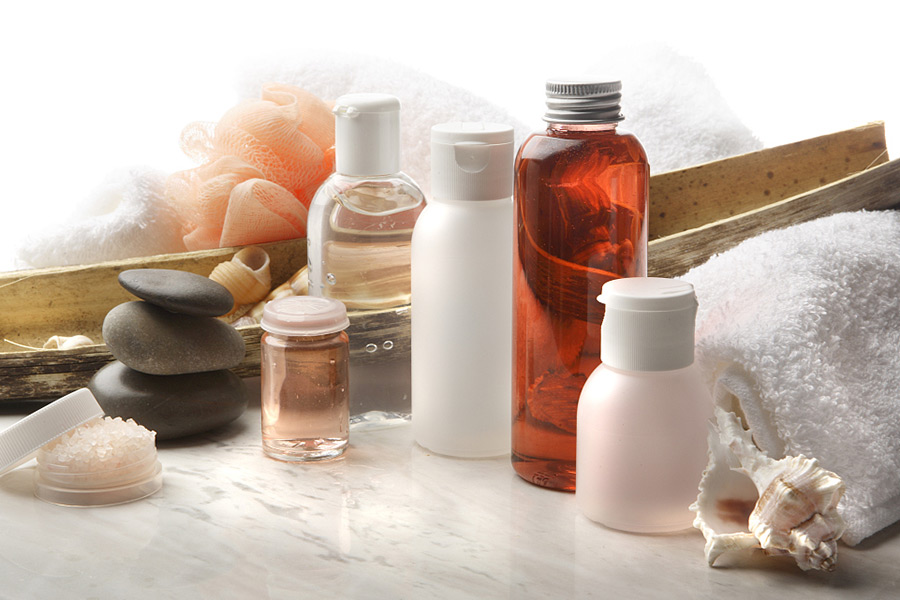
Chelator functions in Cosmetics

Chelators, also called sequestering agents, are substances that can chelate and trap metals found within the same system. Through chelation, chelators make metal ion no longer bioavailable, blocks metals’ activity.
Regarding cosmetic applications, we can say that the main functions of chelators in cosmetics are the following:
- antioxidant agents. Heavy metals, even at trace doses, can react with oxygen in the air, and form reactive species that alter the cosmetic product at an organoleptic level, both due to discoloration and the formation of odours. Metals such as iron or copper can be introduced into the formulations through the raw materials themselves, non-purified formulation water, ambient air, or the equipment used. Due to its pro-oxidant action, it is very important to eliminate or minimize the concentration of these metals.
- Enhancers (or boosters ) of the conservation system. The joint use of chelating agents with preservative ingredients allows the reduction of the concentration of the latter in the formula, and enhances the conservation power, both of the product before going on the market, and during its use, thus improving its safety. Therefore, we can say that they have a synergistic effect with preservatives. By allowing the concentration of the preservative to be reduced, a decrease in sensitization can also be achieved, and an improvement in the tolerability of the final product. In addition, and in the case of the use of natural chelators, these help to make the final cosmetic more eco-friendly, since it reduces the bioaccumulation and persistence of the ingredients that are dumped into the environment.
- Peroxidation stabilizers. In formulations containing peroxides, the addition of chelating agents prevents their decomposition.
- Water hardness reducers. In the water used for regular domestic hygiene, there are minerals such as calcium and magnesium that reduce the ability of surfactant systems to form foam, and that, therefore, could affect their effectiveness. Chelating agents bind to these minerals in the water, thus improving the performance of this type of hygiene product.
Of these functions, the best known and used in cosmetics are boosters of preservative systems, and reducers of water hardness.
Recently, one of the most widely used binders (chelators) in cosmetic formulas, both to enhance the preservative system and to reduce water hardness, was disodium EDTA (Disodium EDTA). But this chelator is hard biodegradable, not eco-friendly to environment, so eco-friendly degradable chelators are much more popular and replace EDTA to use now, the most widely used degradable and environmentally friendly chelating agents can replace EDTA to use are:
- Tetrasodium iminodisuccinate (IDS Na4) CAS No.:144538-83-0
- Tetrasodium Glutamate Diacetate (GLDA-Na4) CAS No: 51981-21-6
- Trisodium Dicarboxymethyl Alaninate (MGDA-Na3) CAS No: 164462-16-2
Shandong Yuanlian Chemical Co.,ltd. is a leading Chinese manufacturer focus on producing eco-friendly degradable chelators for IDS, GLDA & MGDA. If interested, feel free to contact us.
Yuanlian Chemical specializes in the production of polyaspartic acid and tetrasodium iminodisuccinate, with stable quality and excellent quantity!




Contact us